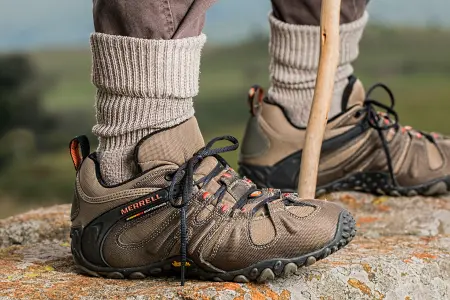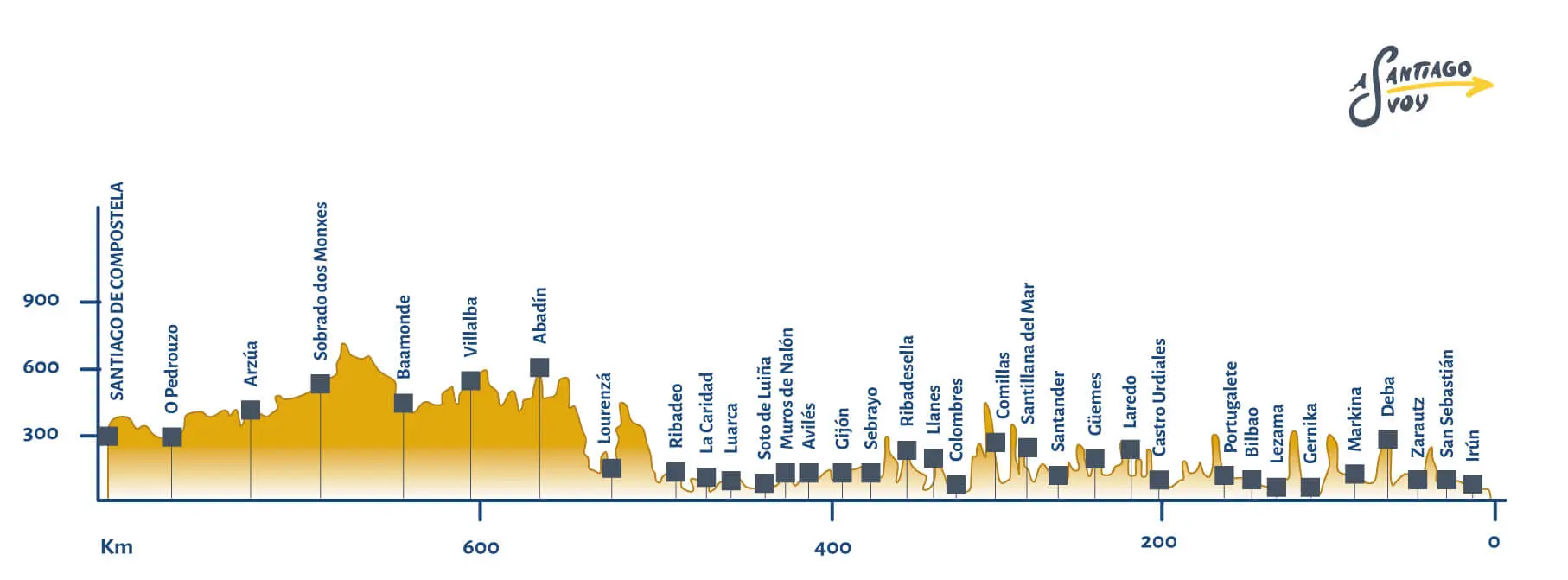
The Northern Way (or Camino del Norte)
A long path along the coast.
The Camino del Norte, also known as Camino de la Costa, runs along the peninsular coast from east to west, bordering the Cantabrian Sea through Euskadi, Cantabria and Asturias, until reaching Galicia.
Remember you don't have to make a complete route in order to do the Camino de Santiago. Choose any intermediate departure point and complete the number of stages or kilometers you want. If you travel 100 km on foot (200 by bike), you can get the Compostela upon arrival in Santiago.
Image: Museo Guggenheim, Bilbao





